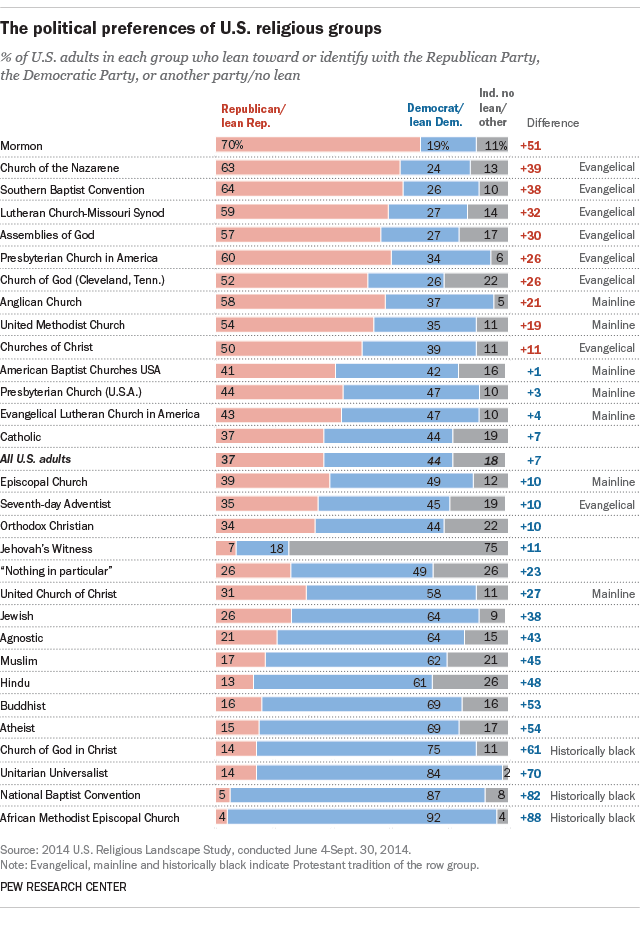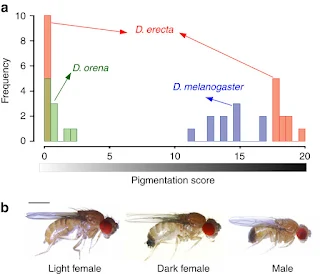 Phylogeny of the Oniticellini and Onthophagini dung beetles (Scarabaeidae, Scarabaeinae) from morphological evidence
Phylogeny of the Oniticellini and Onthophagini dung beetles (Scarabaeidae, Scarabaeinae) from morphological evidence
You might think that dung beetles are not especially interesting but to an entomologist, they are a fascinating and diverse group of beetles, often performing ecologically-essential functions such as burying dung, improving soil nutrient content and even distributing seeds.
However, very many species do not do the classic dung beetle thing of rolling dung into balls and burying in the ground as food for their grubs. Some feed on fungi; some have formed a close association with termites and some even eat dead arthropods such as millipedes.
Now Dr T. Keith Philips, a biologist with Western Kentucky University, Kentucky, USA has worked out that the two main tribes, the onthophagines and oniticellines, which comprise the vast majority of dung beetles, and which are distributed worldwide except for Antarctica, evolved from a single common ancestor.
Abstract
A phylogenetic study was conducted to hypothesize relationships of most of the genera of the Oniticellini and Onthophagini for the first time using morphological characters from a diverse array of external and internal sclerites. The monophyly and sister relationship of both tribes was found using Bayesian and parsimony analyses with heavily to moderately weighted data. An alternative hypothesis based on parsimony analyses of unweighted or slightly weighted data show a paraphyletic Oniticellini without the Onthophagini, although recognition of the subtribe Helictopleurina as a tribe would eliminate non-monophyly.
Of the three Oniticellini subtribes, the Helictopleurina and Drepanocerina are monophyletic. There is no support for the monophyly of the Oniticellina or the Onthophagini subtribe Alloscelina, as currently defined. The genus Liatongus is paraphyletic, while strong support was found for monophyly of the Madagascan genus, Helictopleurus. The genus Onthophagus is never monophyletic in any analysis performed. Two new subtribes are also proposed: Liatongina subtr. n. including the genus Liatongus and Attavicina subtr. n. including the genera Attavicinus and Paroniticellus.
Topological evidence shows that the ancestral oniticellines and onthophagines were all coprophagous with alternative food sources evolving relatively recently. Both myrmecophily and termitophily probably evolved only once in the onthophagines. The phylogenetic analysis supports an African origin for the two tribes, with a relatively early age for the split of the Madagascar helictopleurines from the remaining oniticellines via dispersal. Furthermore, the presence of the oniticellines in the New World is hypothesized to be due to two relatively old dispersal events via Beringia and two relatively recent trans-Atlantic invasions of the Caribbean.
The interesting this here is how this group has evolved from a single, coprophagous, African ancestor and spread worldwide, diversifying into non-coprophagous species fairly recently. Divergence and distribution fit neatly into known plate tectonic geology and the entire family tree only makes sense as the result of evolution into different geographical and ecological niches.
Once again, we see a scientific paper by a biologist who seems to be completely unaware that, if creationist claims are correct, evolutionary theory is a theory in crisis and is no longer regarded as valid by a large number of biologists. In fact, curiously, there don't seem to be any serious science papers published by practicing biologists that show any awareness that the theory of evolution is not the best available explanation for biological diversity, morphology, physiology and genetics.
Perhaps one of my creationist readers would like to explain this curious disparity between what can be seen and what they claim...
'via Blog this'















































